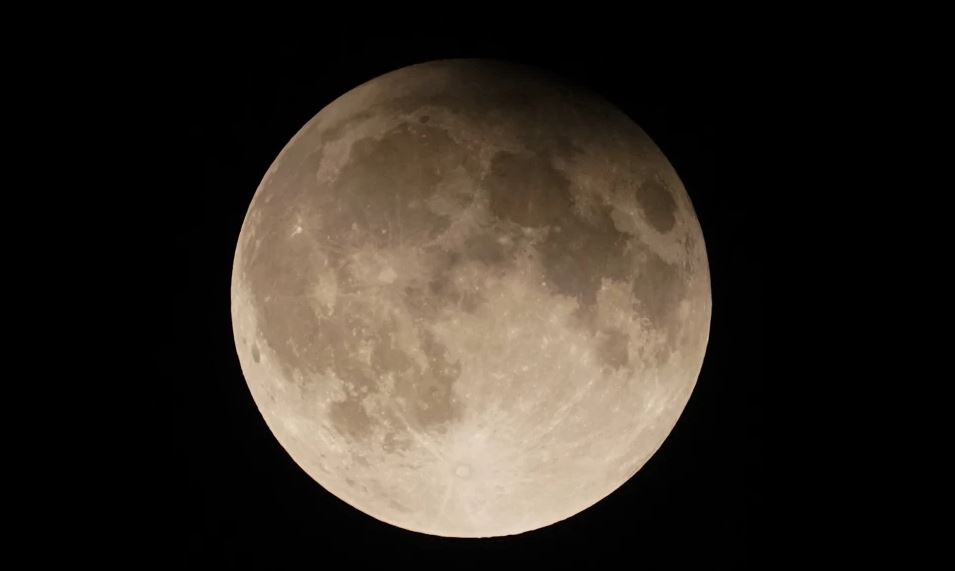- Saturday, 27 December 2025
Earth will have a temporary ‘mini moon’ for two months
Washington, Sept. 29: Earth’s moon will soon have some company — a “mini moon.” The mini moon is actually an asteroid about the size of a school bus at 33 feet (10 meters). When it whizzes by Earth on Sunday, it will be temporarily trapped by our planet’s gravity and orbit the globe — but only for about two months.
The space rock — 2024 PT5 — was first spotted in August by astronomers at Complutense University of Madrid using a powerful telescope located in Sutherland, South Africa.
These short-lived mini moons are likely more common than we realize, said Richard Binzel, an astronomer at Massachusetts Institute of Technology. The last known one was detected in 2020.
“This happens with some frequency, but we rarely see them because they’re very small and very hard to detect,” he said. “Only recently has our survey capability reached the point of spotting them routinely.”
The discovery by Carlos de la Fuente Marcos and Raúl de la Fuente Marcos was published by the American Astronomical Society.
This one won’t be visible to the naked eye or through amateur telescopes, but it “can be observed with relatively large, research-grade telescopes,” Carlos de la Fuente Marcos said in an email.
Binzel, who was not involved in the research, said it’s not clear whether the space rock originated as an asteroid or as “a chunk of the moon that got blasted out.”
The mini moon will circle the globe for almost 57 days but won’t complete a full orbit. On Nov. 25, it will part ways with the Earth and continue its solo trajectory through the cosmos. It’s expected to pass by again in 2055.
Meanwhile, another report adds-time moves a tad faster on the moon. Now an international group of astronomers has joined calls to give the moon its own clock so that future space missions can keep track of minutes on the celestial body.
The International Astronomical Union voted Thursday encouraging space organizations across the globe to collaborate on a timekeeping standard for the moon, where one day lasts 29.5 Earth days.
“That’s the crux of our resolution: to work together to establish this standard time,” U.S. Naval Observatory’s Susan Stewart said this week at the group’s conference in Cape Town, South Africa. Stewart helped propose the resolution.
The moon has less gravity compared to Earth, so time ticks by about 58.7 microseconds quicker every day.
As more countries and private companies set their sights on future lunar missions, astronomers want to ensure perfect synchrony with a unified clock. Currently, a moon mission runs on the time of the nation that’s operating the spacecraft.
The European Space Agency pushed last year for the creation of a lunar clock. And earlier this year, the White House directed NASA and other agencies to cobble together an initial idea by the end of the year with a final plan due by the end of 2026. (AP)

















